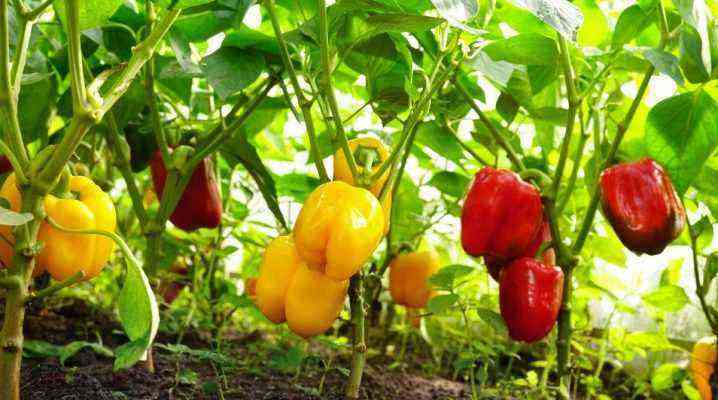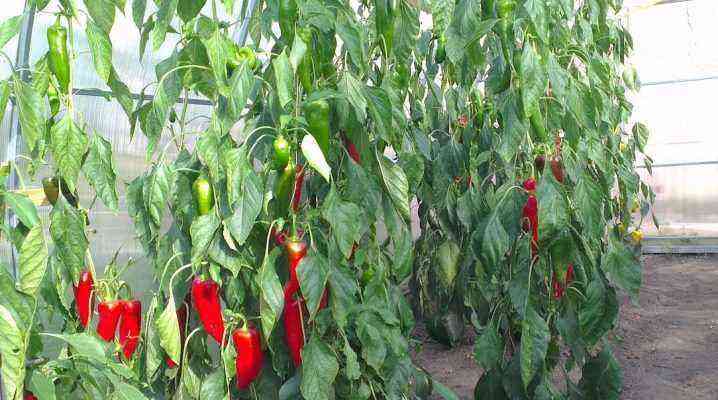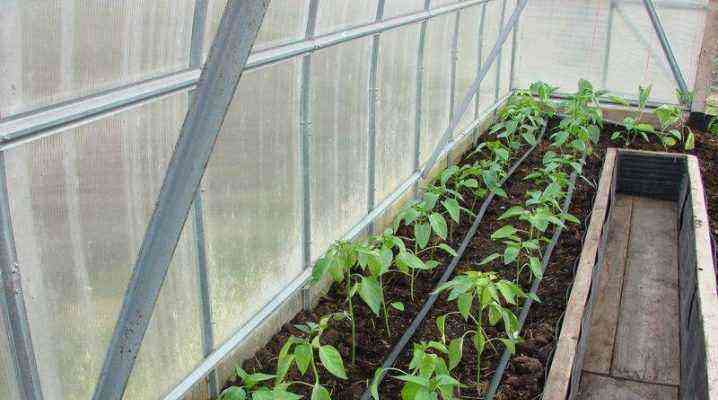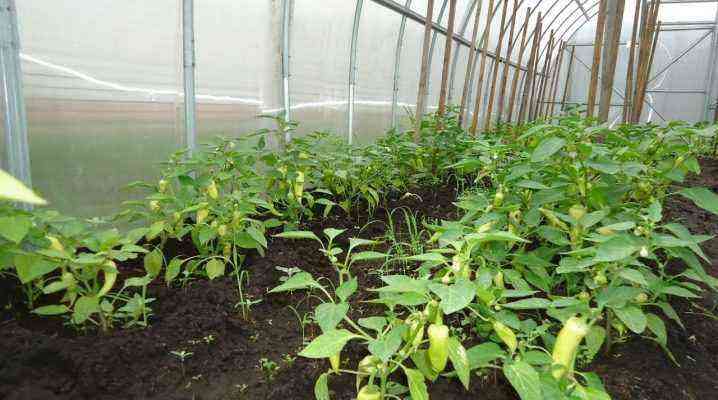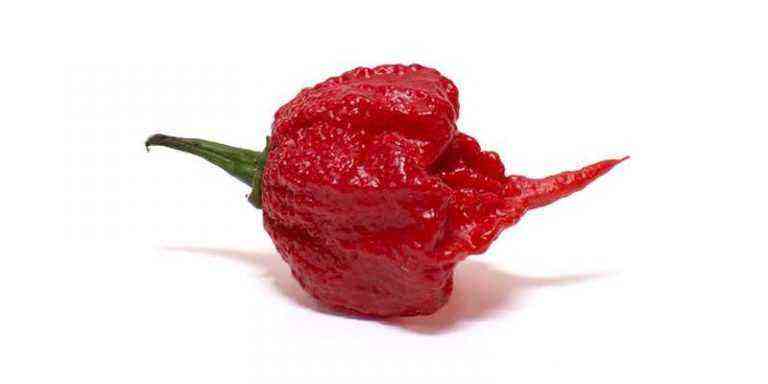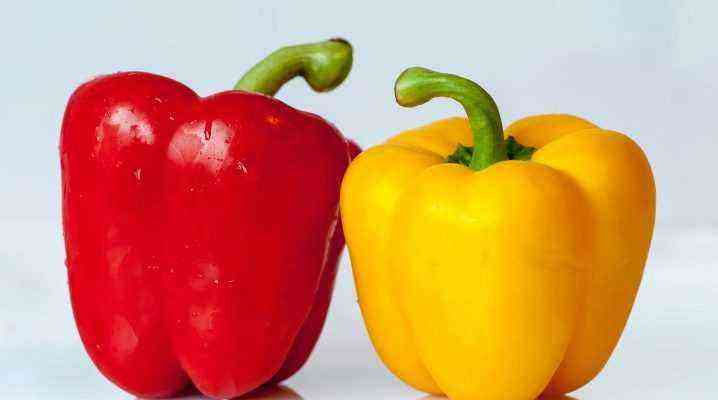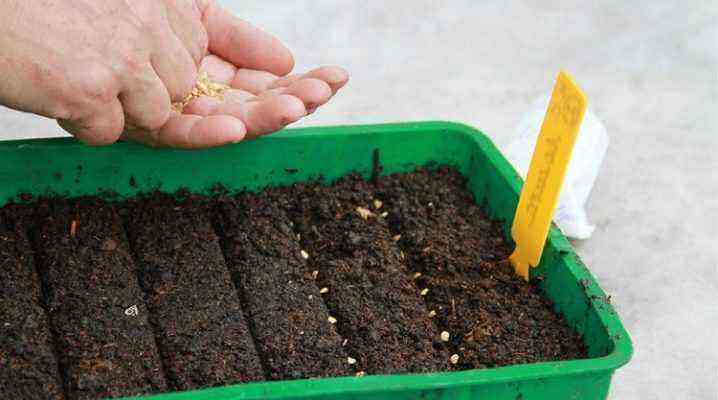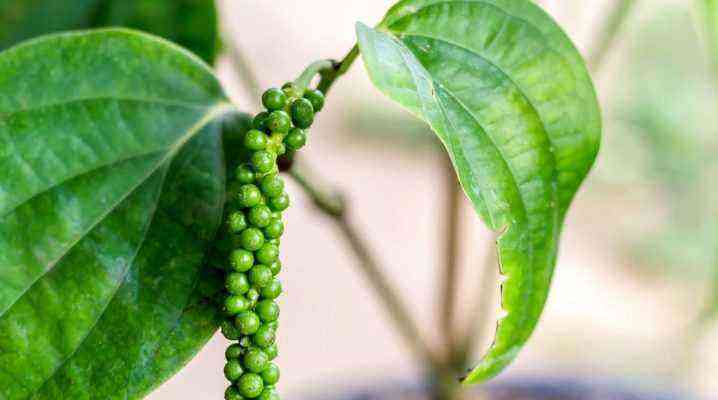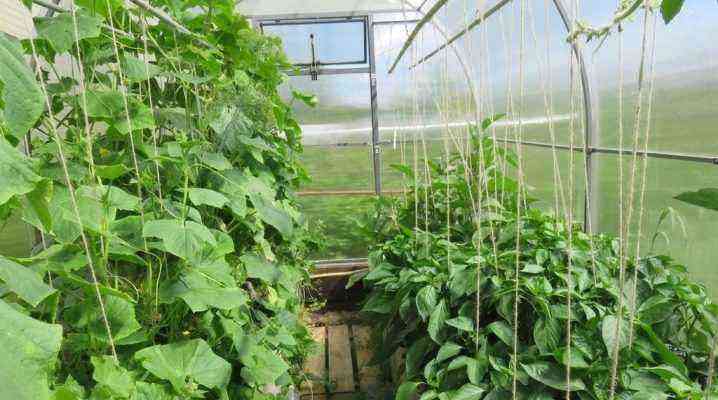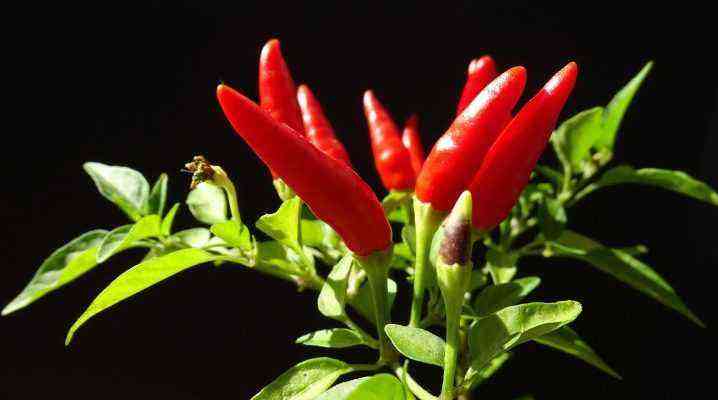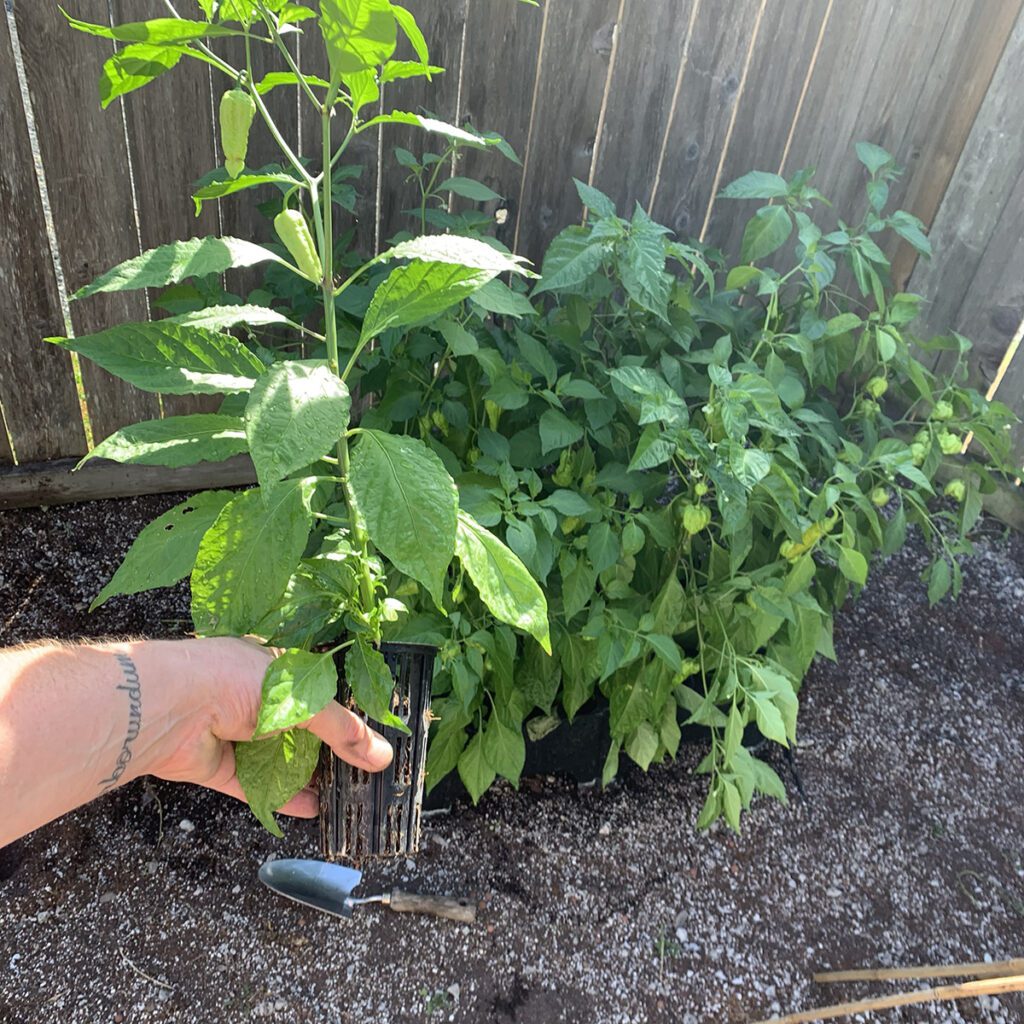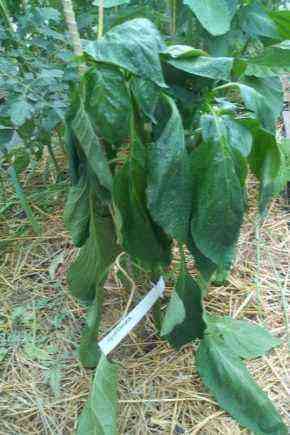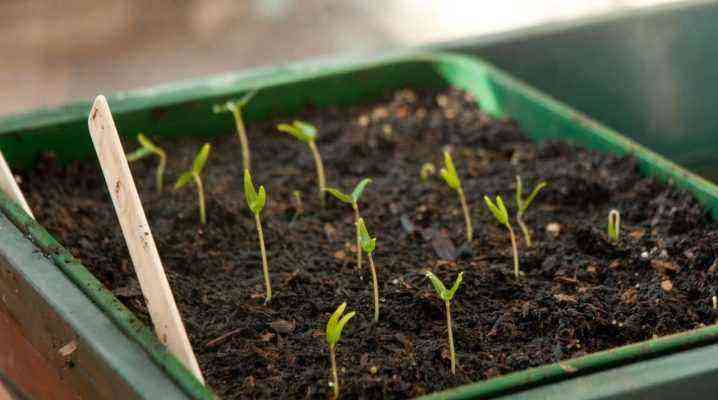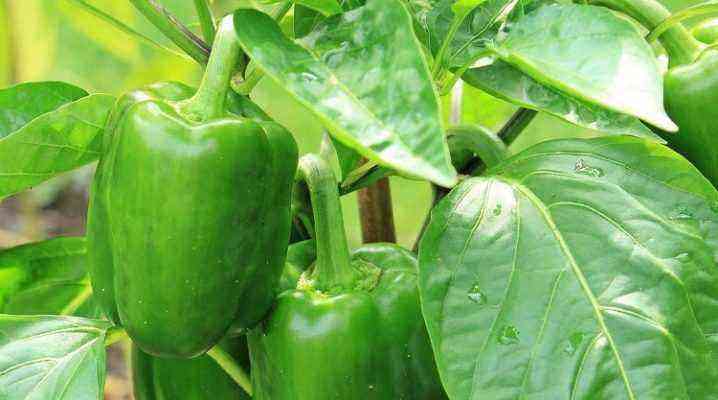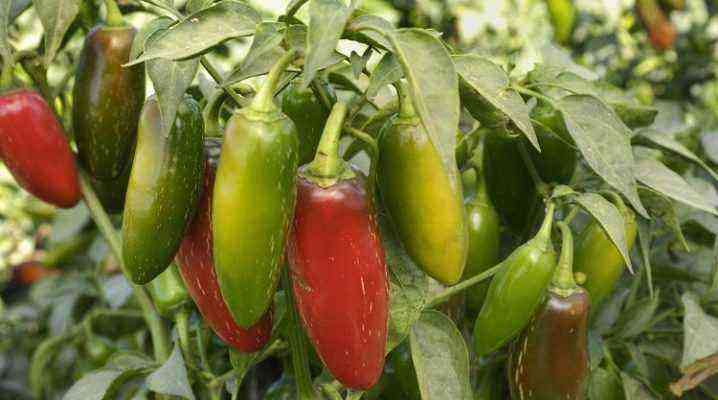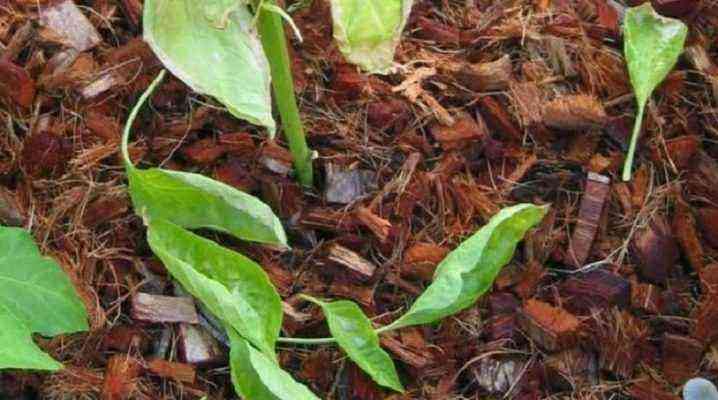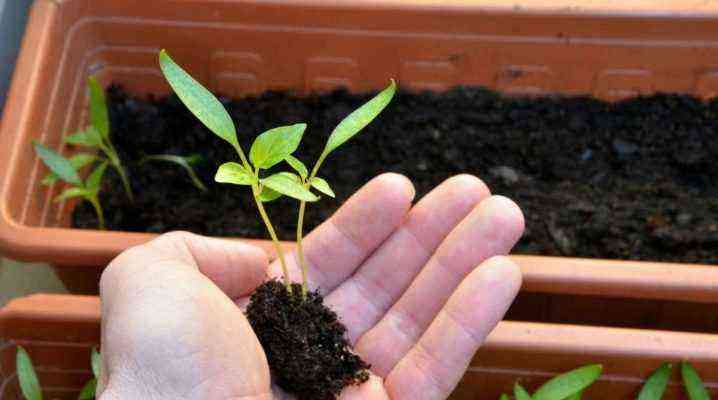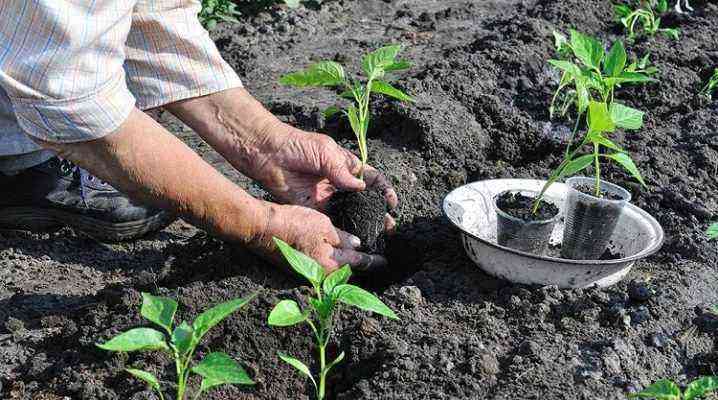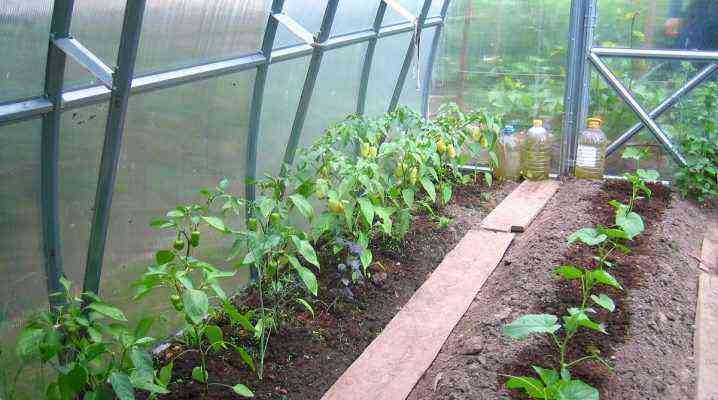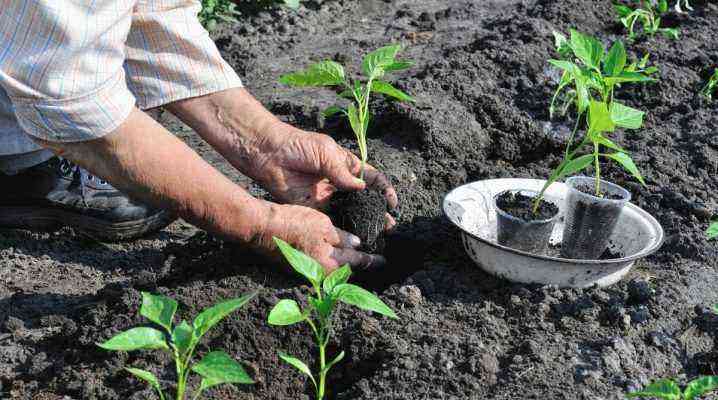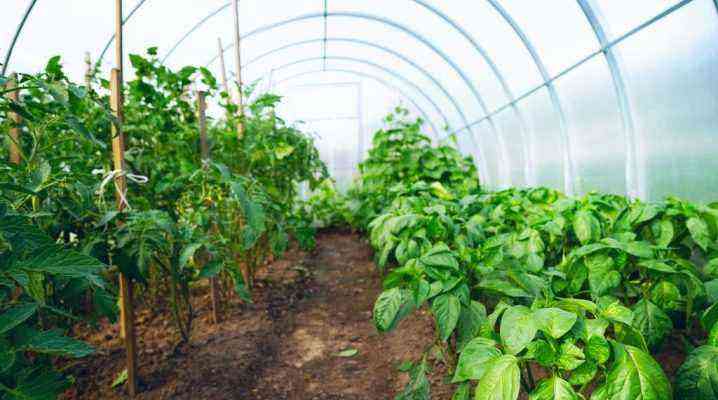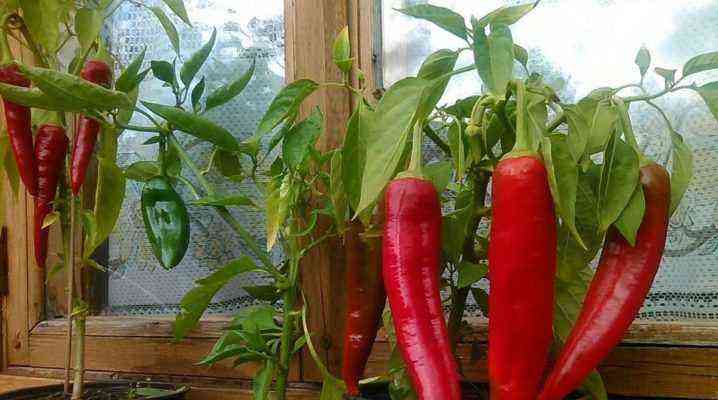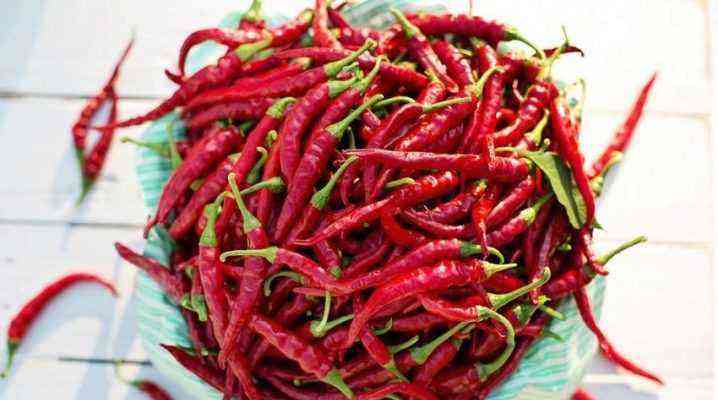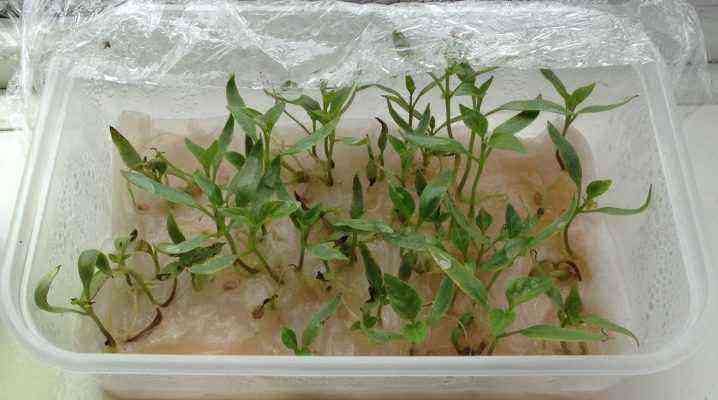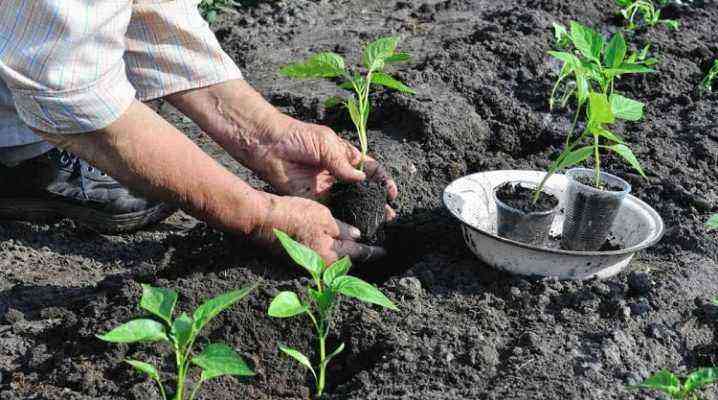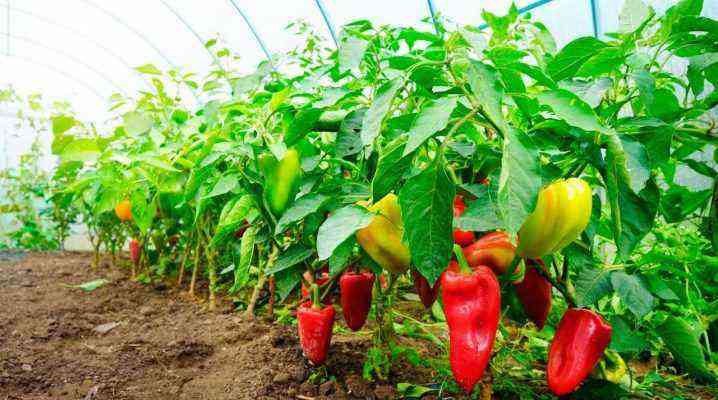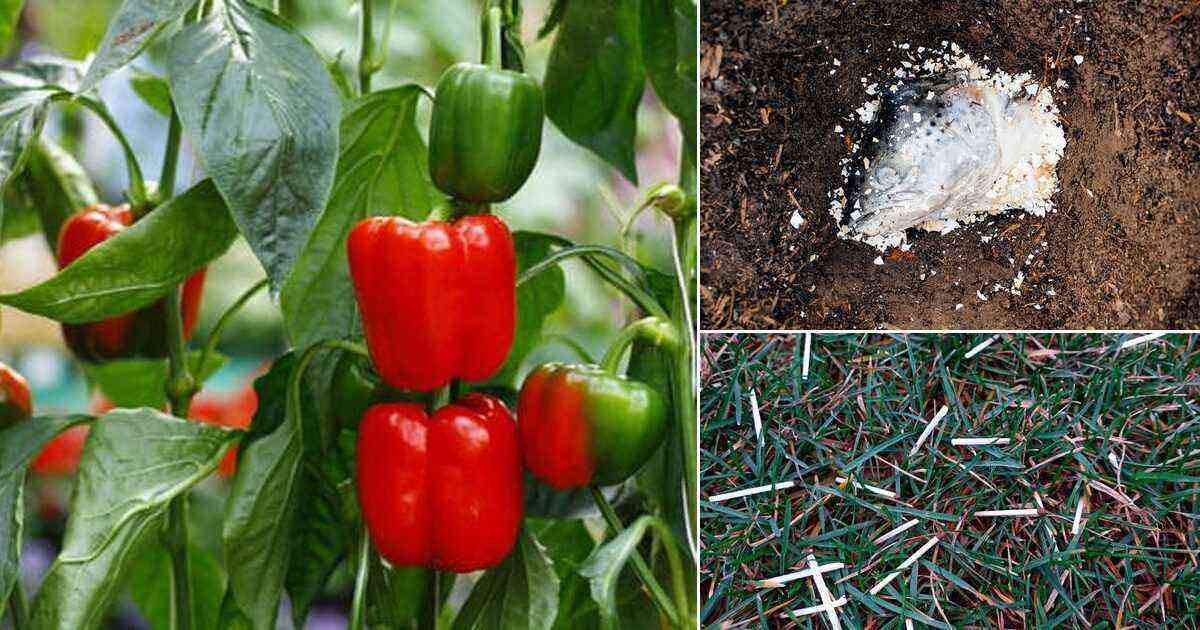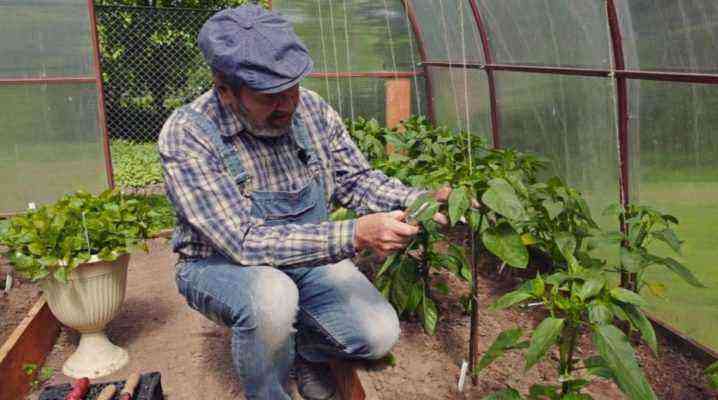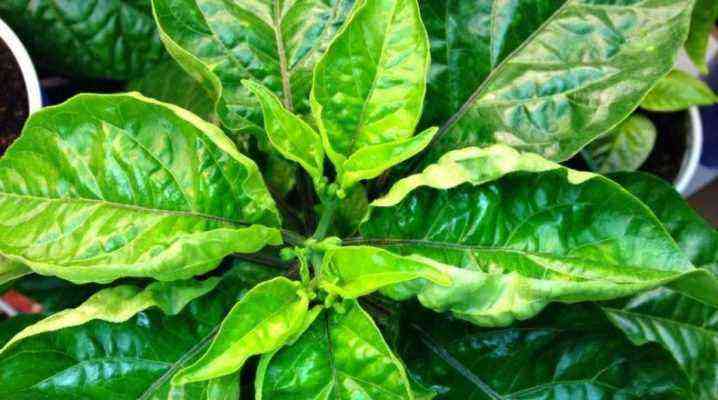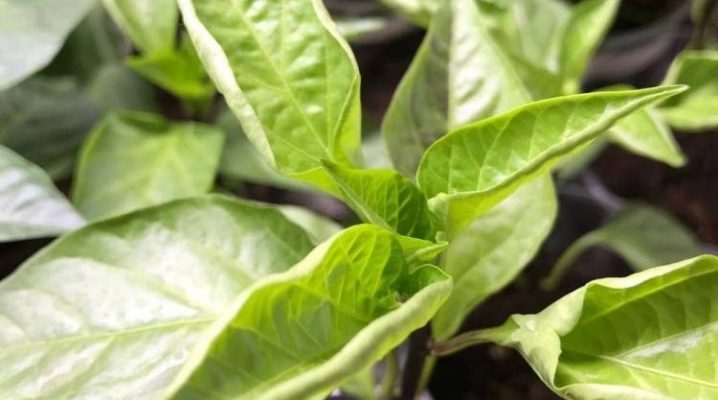
If the pepper seedlings have begun to curl the leaves, urgent measures must be taken. From the material in this article, you will learn why this happens and what needs to be done.
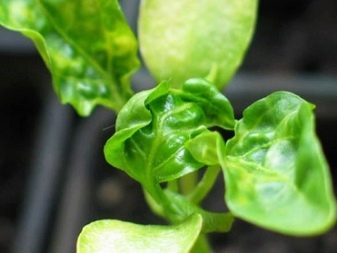

Poor conditions and care
The reasons why the leaves of sweet pepper seedlings curl are in most cases associated with improper care and uncomfortable conditions for the vegetable crop. To understand what exactly the problem is connected with, you need to have an idea about the basic methods of agricultural technology. This will allow you to analyze the correctness of care and exclude what is being done properly.
The first signs of a problem are a gradual loss of the original brightness of the color, early yellowness. The upper leaves are wrapped around the edges up or down. Often, before twisting, a web, a whitish coating, micro-punctures appear. It happens that the leaf plates are deformed along the length of the central vein.
Ignoring changes in the state of greenery in some cases is fraught with the death of plants.
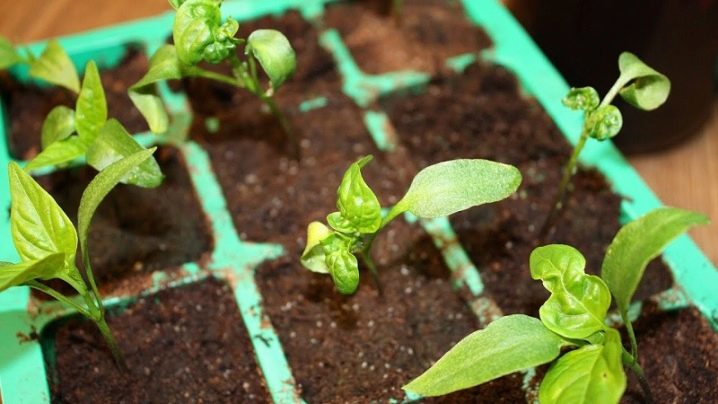
Lack of nutrients
When seedlings receive less nutrition from the soil, the green mass is suppressed. This is typical for seeds planted in garden or garden soil. In such a land, there are not enough trace elements necessary for the full growth and development of peppers. They signal a problem by yellowing and curling foliage. With a deficiency of magnesium, seedlings weaken, their immunity is weakened. Soon the seedlings fall ill, which affects the quality and quantity of fruits. When plants lack potassium, the shape of the leaf plates changes. They can be twisted spirally or inward. Often they are bent in the center or folded into a boat.
To avoid the problem, you need to initially plant the seeds in the finished substrate. It is saturated with all the necessary nutrients and is the prevention of various diseases. Seedlings planted in ordinary garden soil need to be fed with a complex fertilizer for peppers. Before fertilizing, it is necessary to moisten the ground so as not to burn weak roots. If the soil is very poor, you need to fertilize once a week.
In order not to harm the root system, it is worth avoiding a high concentration of compounds.


lack of light
Pepper is a sun-loving plant. For normal growth and development, he needs a sufficient amount of light. Young seedlings grown in dark rooms suffer the most. Without light, it becomes frail, the foliage may even stop growing. The greens begin to curl up, tubercles form on the leaf plates. Due to the lack of sunlight, the lateral veins grow faster.
In the future, the green color becomes pale. In search of light, the sprouts reach up. They start competing with each other. The problem is exacerbated in cloudy weather, due to which the light in the room becomes even less. The solution to the problem is to move the seedling box to a well-lit place. You need to put it where the daylight hours will be as long as possible. With enough sunlight, the shape of the leaves will be adjusted.
Ordinary lamps will not solve the problem: you need to make up for the lack of light through phytolamps. Short daylight hours have a negative effect on photosynthesis.
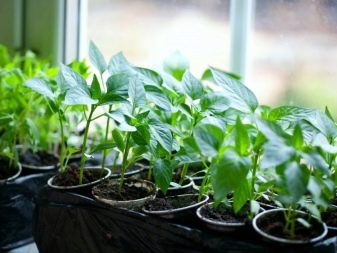
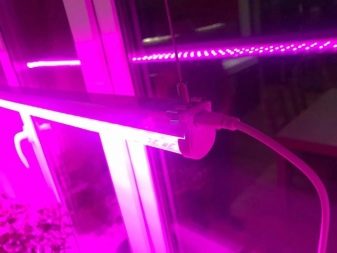
Mistakes in agricultural technology
The unhealthy appearance of the leaves depends on various reasons. The reason for this may be chlorosis associated with a lack of chlorophyll. In addition to improper care, it is associated with an excess of nutrients in the soil. The soil should not be acidic. Soil with a high percentage of peat is also harmful. An unsuitable type of land does not allow the absorption of substances necessary for seedlings for full growth and development. Unheated soil is another reason. Together with frequent watering, this provokes stress in the plant. From hypothermia and inability to assimilate the necessary substances, it dies.
Wrinkling and folding of the foliage may be due to a discrepancy in the pace of development. In this case, the deformation of mainly the upper leaves is noted. Their edges become corrugated. Seedlings lack not only light, but also air. Also, it’s too thick. Therefore, the bushes are forced to compete with each other. Aggravating factors are improper care measures, including soil moisture, temperature, drafts. Pepper seedlings are quite capricious in care. Deviation from agrotechnical norms entails a change in the shape of the leaves.


Temperature
The room should not be too hot and dry. Twisting greens is a signal to the vegetable grower, indicating uncomfortable growing conditions. Sheet plates are forced to spin, protecting themselves from the evaporation of moisture. Thus, it remains in the stems, allowing them to maintain elasticity and density. At high dryness, along with curling, drying begins. To fix the problem, you need to water the seedlings and ventilate the room. Often this happens when growing seedlings in a greenhouse. Spraying is not worth resorting to: in this situation it is ineffective. Due to the intensity of the light, the evaporation of moisture will be rapid. This can lead to sunburn of the green mass.
If the leaves curl up, you need to shade the seedlings. In the heat, she needs to provide abundant watering. Irrigation is performed based on the degree of soil moisture. The reason for the twisting of the foliage of seedlings located near heating radiators is associated with uncomfortable conditions. Heat and simultaneous ventilation stress the plant. If it’s too hot, it gets sick. Seedlings are subjected to no less stress, which are taken out to the greenhouse before planting. During the day in the greenhouse, the air can warm up to +35 degrees and more. A similar situation is typical for the southern regions.
In the heat, the leaves have to curl inward. Cotyledon plates and lower leaves are folded in a spiral. Such drooping indicates that the roots do not cover the need of green mass for moisture. In this case, evaporation exceeds moisture. If seedlings are grown on a windowsill or balcony, one should not forget about a comfortable climate. It must be remembered that drafts are detrimental to pepper. Low temperature adversely affects its growth. If the plant is hardened in a greenhouse where ventilation is constantly performed, the seedlings are covered with a spunbond laid on arcs. This design will both shade and protect plants from drafts.
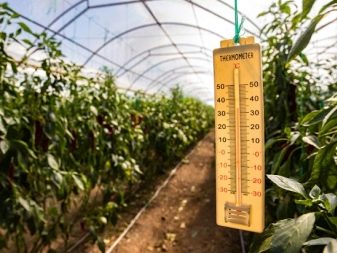

Humidity
When growing seedlings indoors or in a greenhouse, stagnant water should be avoided.. The roots do not absorb moisture in a huge volume. Watering plants should be moderate and timely. With an excess of moisture, the supply of oxygen necessary for plants worsens. Stagnation of the liquid leads to rotting of the roots, the death of the aerial part of the culture. The upper leaves become bumpy and swollen. Their edges begin to curl down. If nothing is done, they fall off, the plant dies.
Don’t wait for the soil to dry out on its own. It is urgent to loosen it. This will increase the access of oxygen, moisture will evaporate. With stagnant water, you need to lightly spud the seedlings. With a lack of moisture, the foliage curls, withers, dries. The solution to the problem will be the regulation of the irrigation regime. For young seedlings, along with watering, it is worth using a humidifier or water containers.
It is better to install them near boxes with seedlings. It is better to spray the plants in the morning, until they are exposed to direct sunlight. If it is not possible to water the plants in the morning, do it in the evening.
When you need to take emergency measures during the day in the heat, the container is removed from the sun. If this is not possible, the seedlings must be shaded before watering.


Treatment of diseases
If the leaves curl and wrinkle, this may indicate the presence of blossom end rot.. Other symptoms of the disease, indicating its progression, will be dark spots on the fruits, their early ripening when growth stops. If they have begun to rot, comprehensive measures are needed, since vertex rot will quickly spread to neighboring bushes. To prevent this, it is necessary to treat the bushes under the root with digestible calcium.
All affected parts are removed, after which the soil is fertilized with a mineral complex. It is important to provide the plant with regular watering and take measures to protect it from the heat. You can treat the seedlings with saltpeter, watering it under the root, avoiding contact with the leaves. The ratio of fertilizer to water is 10-15 g per 10 liters. Chalk, eggshell, lime, dolomite flour do an excellent job with top rot. All components are poured with 9% vinegar, stirred in a bucket of water, watered under the root.
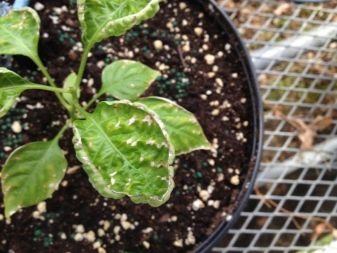
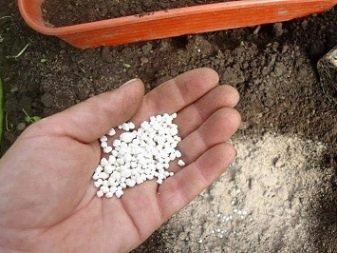
Pest Control
Frequent enemies of pepper are spider mites or aphids. Insects feed on succulent foliage, ruthlessly piercing it and drinking the juice of the plant. As a result, the leaves curl inward, turn yellow, and become covered with tiny holes. Finding parasites is easy: aphids settle on the back of leaves and succulent shoots. The ground part of the seedling becomes sticky due to honeydew, a waste product of aphids. The spider mite envelops foliage and shoots with cobwebs. As a result, the green mass dries up and fades. To cure seedlings, you need to treat it with an insecticidal or acaricidal agent.
For greater efficiency, the type of drug is selected taking into account the type of pest. In order not to encounter this problem in the future, you must initially disinfect the soil. Ordinary soil is often infested with eggs and larvae of harmful insects. Processing involves calcining the earth in an oven or the use of a disinfectant manganese solution. A good alternative to these treatments is pouring the soil with boiling water. Thanks to it, the larvae and eggs of parasites are destroyed.
If the damage to the seedlings is insignificant, you can perform antiparasitic treatment with laundry soap by mixing it with water. Insects are removed with cotton pads soaked in the prepared solution. Treatment with a solution of onion peel is considered an effective remedy. To prepare it, take a glass of husk, steam it in 1 liter of boiling water, insist for a day. Then the bushes are processed from all sides.
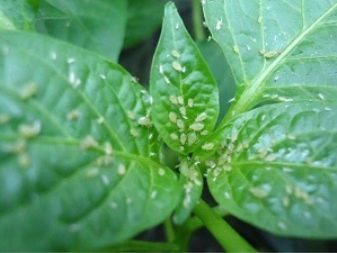
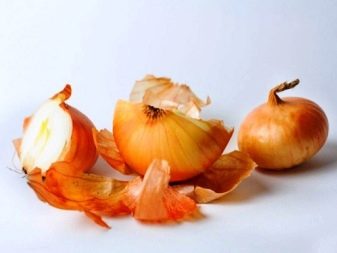
Preventive measures
Depending on the established cause, preventive measures vary. If a nutrient deficiency has become an obstacle to active growth, they proceed from what exactly is needed for seedlings.
- If the foliage turns yellow, dries, crumbles, the problem is a lack of potassium. It is necessary to add diluted potassium sulfate to the soil or feed the soil with wood ash.
- When the entire leaf area is deformed, the reason lies in the deficiency of phosphorus. It is necessary to fertilize the earth with superphosphate, diluting 3 tbsp. l. top dressing on a bucket of water.
- If red, brown, yellow blotches appear on the plates, their color becomes purple, you need to make up for the lack of magnesium.
- When the leaves turn brown, the veins become marbled, twisting begins over the entire area, the plant does not absorb magnesium due to excess potassium. It is necessary to dilute the salt in the water and water the bushes.
- Foliage becomes bumpy and uneven due to lack of calcium. At the same time, yellowish and brownish spots appear on the plates. It is urgent to spray the culture with potassium nitrate.
- In soil with a nitrogen deficiency, seedlings have to throw all their efforts into the formation of the root system. There is no strength left on the cotyledon leaves, therefore, sulfate ammonium (ammonium nitrate) cannot be dispensed with.
- With a lack of boron, the growth of foliage stops, it is actively twisted into tubules. In the future, the growth points die off and fall off.
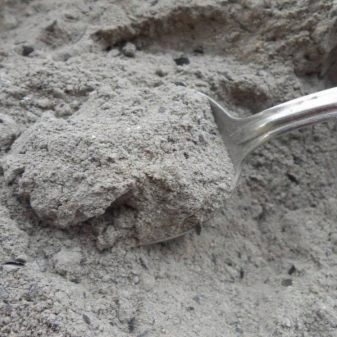

When visually inspecting seedlings, there are cases when, after the formation of the main leaves, the cotyledon leaf plates began to turn yellow and curl. Provided that all the rules of care and agricultural technology are observed, it is not worth sounding the alarm. This is a normal process that does not affect the health of the seedlings. In this case, the function of the cotyledon leaves is completed, so they die off. The same applies to twisting the foliage of plants in the greenhouse. If all other care rules are followed, by the evening, when the temperature drops, the leaves will straighten out and take their usual shape. In order to prevent burns and a painful reaction of pepper to heat, it is better to keep the doors in greenhouses open.
When applying top dressing, the correct dosage is needed. The volume of this or that fertilizer is related to the size of the seedlings. It is better to start with small doses, which can be increased as the plants grow. You can solve the problem of moisture deficiency through drip irrigation, using ordinary plastic water bottles for it. This system will be a preventive measure for land drying out. Hydrogel can be used to ensure regular watering. This polymeric material absorbs water, which it gives to the earth as needed.
If seedlings are only planted in a greenhouse or on beds, the polymer is poured near the roots so that they do not touch each other. Over time, the hydrogel will give moisture to the ground, from where it can be absorbed by the roots. Soil mulching cannot be ignored. It will save the seedlings from fluctuations in humidity. As mulch, you can use ordinary sawdust or a special covering material. You can plant seeds in a disinfected container. To process it, use alcohol or another disinfectant.
You need to buy seed material from trusted suppliers. Quality seeds have all the characteristics of a variety, they are collected from healthy fruits, do not have fungal or bacterial infections. Seedlings of disease-resistant varieties are less susceptible to leaf curl. However, in the case of her, one should not forget about the constant visual inspection of seedlings. At the first sign of twisting, it is urgent to identify and eliminate the cause.


